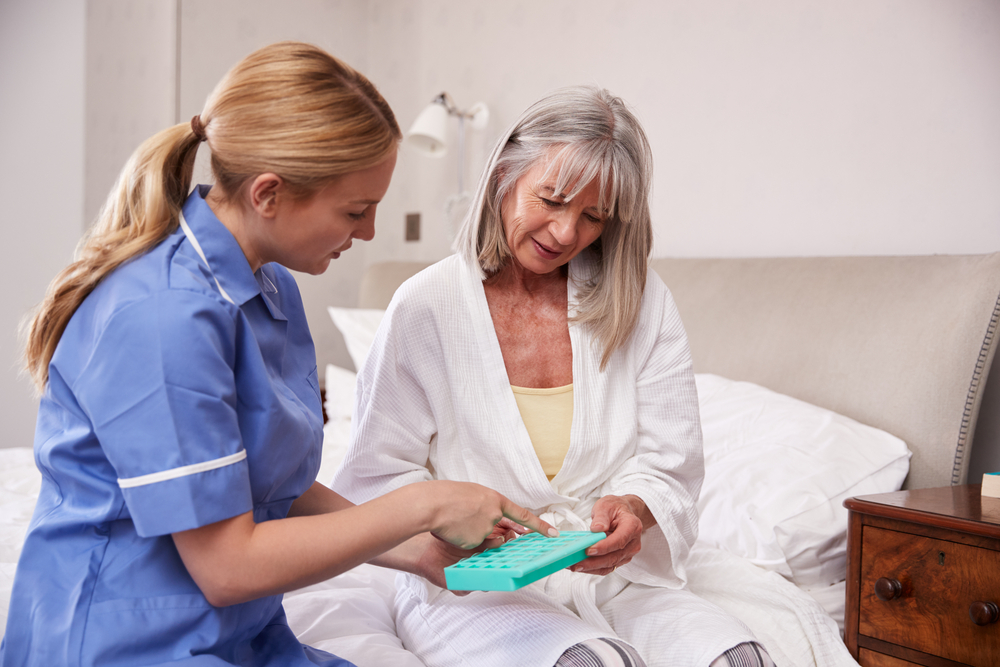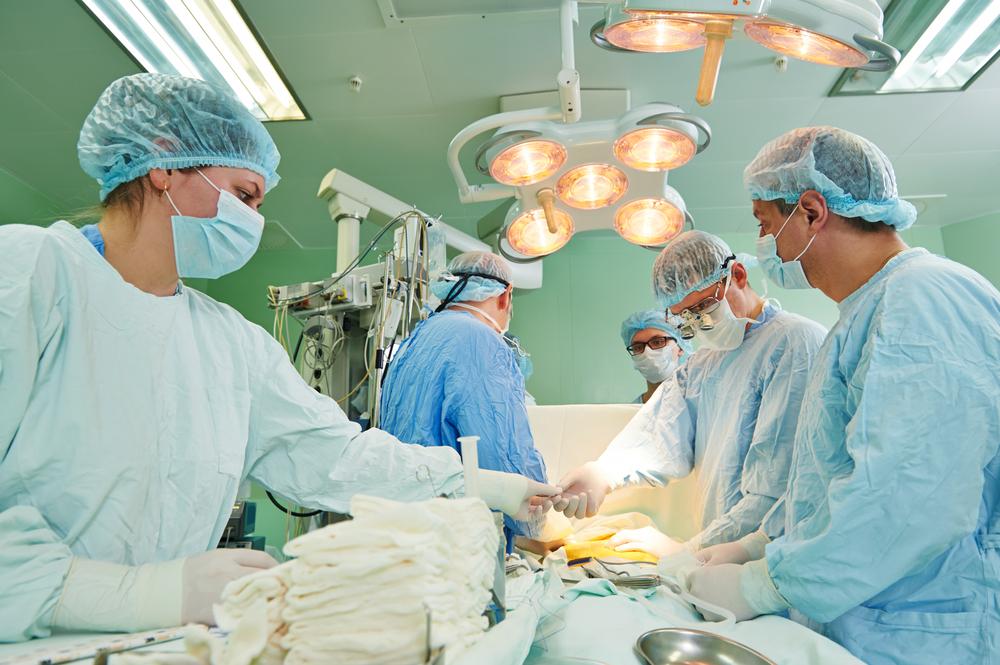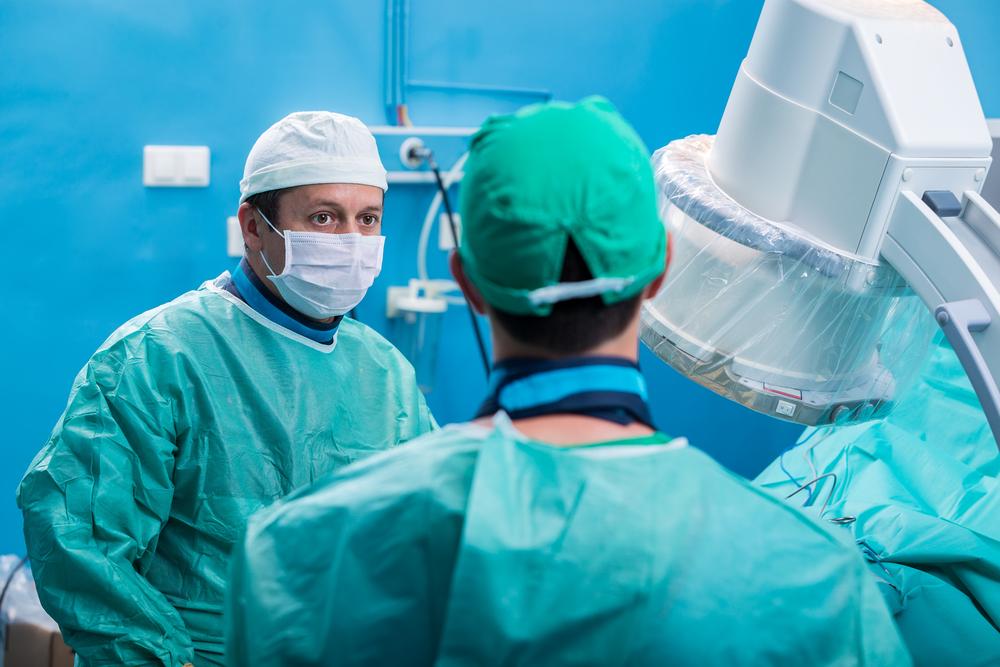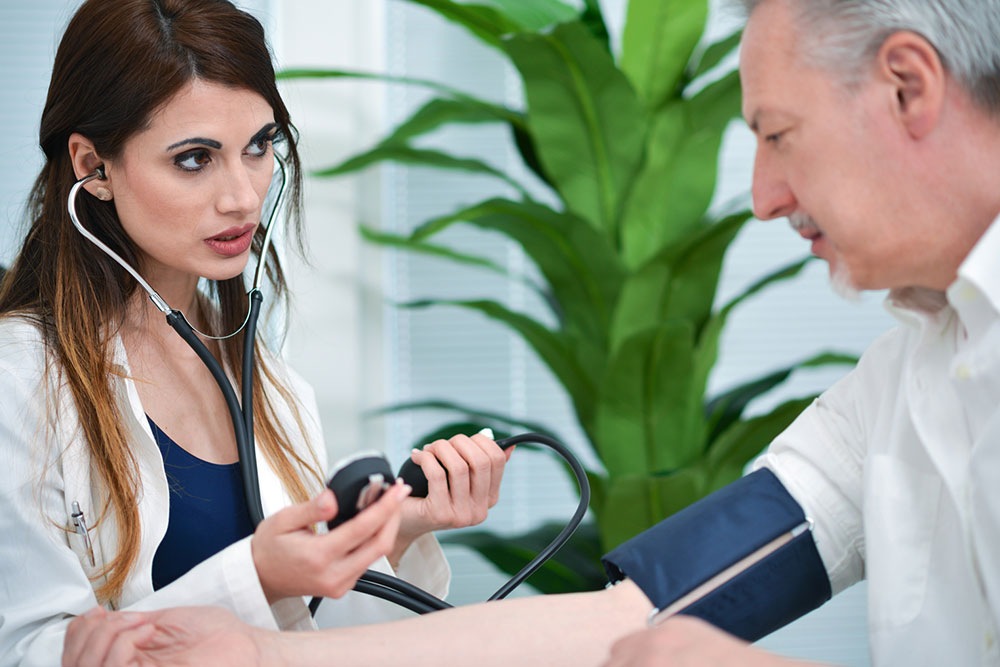Essential Post-Ablation Recovery Tips for Heart Patients
Learn essential tips for a quick and healthy recovery after heart ablation. This guide covers post-procedure care, activity restrictions, and lifestyle changes to support healing and prevent complications, ensuring patients regain their normal lives efficiently.

Effective Strategies for Smooth Recovery After Heart Ablation
A heart ablation is a procedure aimed at eliminating abnormal electrical signals in the heart that cause rhythm issues. Common symptoms include irregular heartbeat, dizziness, chest discomfort, excessive sweating, or pallor. During ablation, targeted tissues are destroyed using small wires called electrodes inserted into the heart, especially when medication isn't effective. Catheter ablation is a preferred, safer method, though rare complications like bleeding or nerve damage may occur. The goal is to restore normal heart rhythm and improve quality of life.
Key recovery tips that promote healing
Post-procedure, patients are monitored in a recovery area to watch for bleeding and manage discomfort. Mild chest pain, irregular heartbeats, or soreness are common, but overall recovery is swift, with many returning to normal activities within days. Following some simple guidelines can accelerate healing and support heart health:
Medical staff will apply pressure at the catheter entry site to control bleeding.
After sheath removal, patients should lie flat with legs straight for 6–8 hours.
Prioritize extra sleep during the first few days.
Take prescribed medications such as anti-inflammatories or antacids as directed.
Avoid strenuous physical activities or heavy lifting during recovery.
Quit smoking, limit alcohol, eat heart-healthy foods, and maintain a healthy weight.
Limit emotional stress and avoid shouting or intense emotional responses.
The heart's rhythm will be monitored; repeat procedures may be necessary if needed.
Refrain from vigorous activities or heavy lifting for about a week.
Keep surgical sites clean and dry, and avoid soaking in hot water or baths.
Refrain from applying chemicals like lotions or creams near the wound.
Immediately consult your doctor if signs of infection, like redness or swelling, appear.
Note:
This blog offers practical health insights across various topics. While our information is based on thorough research, it shouldn't replace professional medical advice. We are not responsible for discrepancies or inaccuracies across different sources. Always consult healthcare professionals for personalized care and treatment options.









